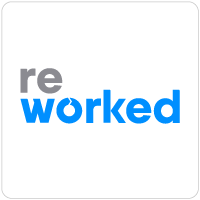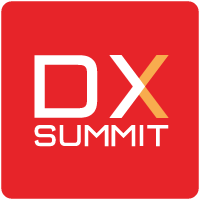2018 Leading Employee Experience Trends
When it comes to disrupting the workplace, one of the greatest changes in our generation is the shift from employees performing a function to having an experience. Futurist Jacob Morgan believes that this is due to a change in organizational priorities: businesses are focusing more on people and bringing humanity back to the workplace. In a piece for Inc., Morgan breaks down the evolution of employee experience into four stages:
- Utility: the first and most basic form of the employee/employer relationship. Employers provide only essential tools, employees complete their work, wages are earned, and bills are paid.
- Productivity: Once an employee was deemed useful, organizations began implementing ways to improve productivity and output—think factory assembly lines.
- Engagement: With this revolutionary approach, organizations started to understand the value of their staff and how they work. As Morgan notes, this era spans the last two to three decades.
- Experience: Today’s focus, or the reality of creating an environment where people want to work.
Driving Employee Experience With AI
Since many utilitarian tasks can now be accomplished using advanced tools and technology, organizations can shift their focus to improving their employee experience. For example, organizations are using artificial intelligence to have automated, yet personal conversations between software and human users. Most people have interacted with AI in some form—usually a chatbot—to perform simple tasks such as making an appointment or reservation.
In the workforce, technology offers increasing potential for the employee experience—and one that’s infinitely more user-centric. As she writes in Forbes, author Jeanne Meister explains how HR leaders are using AI to deliver greater value to organizations by using chatbots for recruiting, employee service, employee development and coaching.
“The type of questions HR leaders believe employees are comfortable using a chatbot for,” says Meister, “range from the mundane and factual ones; such as how much paid time off do I have left, to the more personal ones; such as how do I report a sexual misconduct experience.”
This prediction is only bolstered by the latest research by Gartner, which estimates that by 2022, one in five workers will have an AI as a co-worker.
Adding Humanity to the Workplace
Of course, technology alone doesn’t create a better employee experience. Progressive organizations are learning to take a holistic approach that brings together trending technology with resource management and strategic thinking.
The latest Qualtrics Global Employee Pulse study examined drivers of employee attitude, behavior and wellbeing. Their employee experience research found six trends for high-impact enhancements in 2018:
- Real-time feedback is preferred. Millennials are often touted as needing more frequent feedback than their predecessors. However as digital natives, the impetus is less on the quantity of the feedback, and more so on the timing. In order to make a stronger impact with employees, find ways to collect and distribute feedback at critical moments.
- The employee experience is a shared responsibility. HR is no longer the sole proprietor of the employee experience. As mentioned previously, technology allows us to collect, analyze and share data—which means that individual managers can create actionable insights based on employee feedback. HR leadership can then move from fulfilling utilitarian tasks to being more strategic and proactive.
- Diversity and inclusion efforts must drive real results. In today’s social, political and legal climate, it’s more important than ever to stick to diversity and inclusion commitments. To effect meaningful change, companies will need to adopt organization-specific diversity and inclusion strategies.
- Employee data will help signal trends in underlying attitudes. As organizations collect explicit data (such as attendance) around employee engagement, the emergence of AI will help understand implicit signals of underlying attitudes and emotions.
- Brand reputation is critical to talent acquisition. Job hunting is more dynamic than ever before, with potential candidates using resources such as LinkedIn, Glassdoor and other social networks to research organizations. In order to attract top talent, organizations will need to reduce the gap between their intended and perceived brand reputation.
- Organizations will connect the employee and customer experience. Highly engaged employees aren’t just happier—they’re more profitable. According to Bain & Company, engaged employees help grow returns as much as 2.5 times more than employees with low engagement levels. Connecting employee data with customer experience data can help improve the overall experience and revenues.
As you can see, creating a fulfilling employee experience is more than cutting a paycheck or providing solid benefits. Instead, setting a higher bar for engagement will lead to happier, more fulfilled employees. And for forward-thinking organizations, they’ll remain competitive in the recruitment scene.
Register today for DWX 2019 to discover the most effective methods to drive amazing employee experiences in 2019.



